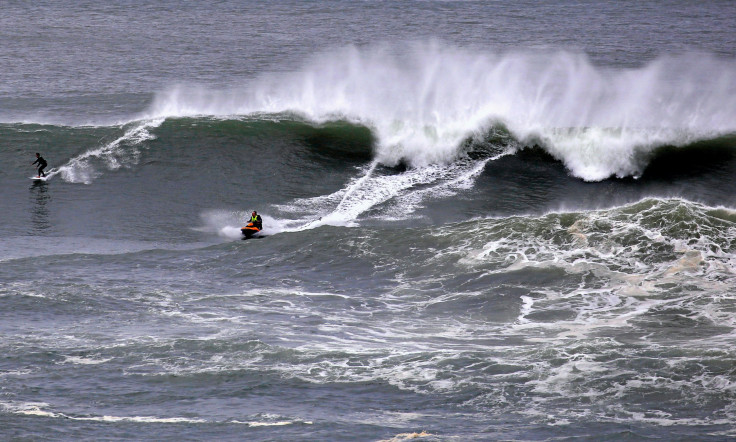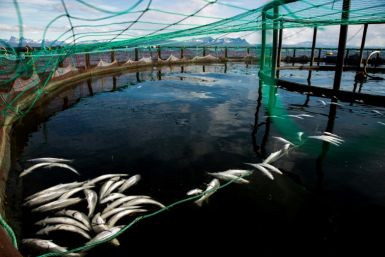Largest manmade reef NSW: Sydney anglers rejoice, port Hacking offshore reef construction already underway

Since 2011, the NSW government has built three artificial reefs in Port Macquarie, Shoalhaven and Sydney. Now, anglers in Sydney are rejoicing once more as NSW’s largest manmade offshore reef is being planned in Port Hacking near Cronulla.
It will be a brand new fishing spot to explore. A few new artificial reefs have been planned for NSW, but up to now, Merimbula is the only other location that has been confirmed. Construction of the Port Hacking reef is already underway in Newcastle, with up to two modules being built every day.
NSW Primary Industries Minister Niall Blair said that the completed structure will be transferred to Port Hacking by late July or early August. There will be 36 modules in the reef structure. These non-polluting reefs can last for at least 30 years. These reefs can also withstand a one-in-100 year storm event. The existing artificial reefs have so far attracted 50 different species, including snapper and yellowtail kingfish.
“Each module weighs 25 tonnes and measures about five metres high by four metres wide... Everywhere I go, fishers ask if they can have one, I can't wait to see anglers up and down the coast enjoying the benefits these reefs have to offer,” Blair said in a statement, reports The Australian.
Recently, the world’s largest living structure, Australia’s Great Barrier Reef, was valued at $56 billion. It is a precious ecosystem and a massive economic driver too valuable to fail. The reef has been facing constant coral bleaching, killing off large parts of the reef. It is reportedly bigger than the Netherlands, Switzerland and Britain combined, supporting 64,000 jobs and bringing $29 billion through tourism. No other Australian asset contributes so much to “Brand Australia.”
Experts have suggested that climate change is the primary cause of such bleaching. Also, the reef is under constant pressure from crown-of-thorns starfish, manmade developments and farming run-off. While 1,500 respondents surveyed in a study understood the reef’s importance in tourism, they also believe that Australia won’t be the same without it.
Greenhouse gas emissions are making it difficult for the Great Barrier Reef to survive, according to studies. In 2015, UNESCO nearly put the Great Barrier Reef on the endangered list. Stay tuned on IBT AU for more updates on Australia’s greatest treasure.






